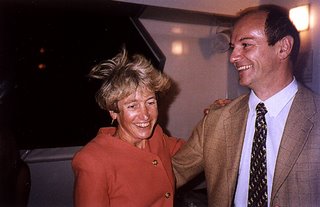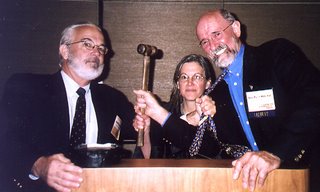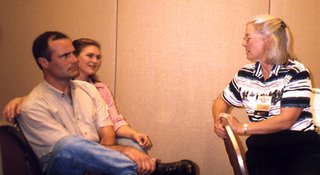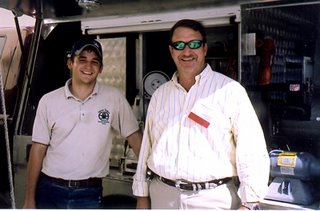Ink and Anvil publisher Scott Davidson announced on Monday that his company will no longer publish
Professional Farrier, the association magazine of the Lexington, Kentucky-based American Farrier's Association.
"I terminated the contract, effective today," Davidson said this afternoon. "I will have a big announcement in a few days."
The American Farrier's Association may have found a new publisher for the magazine, from hints left on the AFA's bulletin board by acting executive director Michael Nolan.
Hoofcare & Lameness has no official statement from the AFA in this matter. Nolan did confirm on Tuesday that
Professional Farrier will continue to be published, although by whom is not clear. He did not have a comment on relations between the AFA and Davidson's company. The AFA signed a multi-year renewal of their contract with Ink and Anvil this spring, soon after Nolan was hired and after David Ferguson was elected president.
Craig Trnka started the AFA in the publishing game during his presidency, when he initiated a split from the
American Farriers Journal, which had formerly been sent to members as a benefit. Before Ink and Anvil,
Professional Farrier was published for the AFA by Dockery House Publishers of Dallas, Texas.











